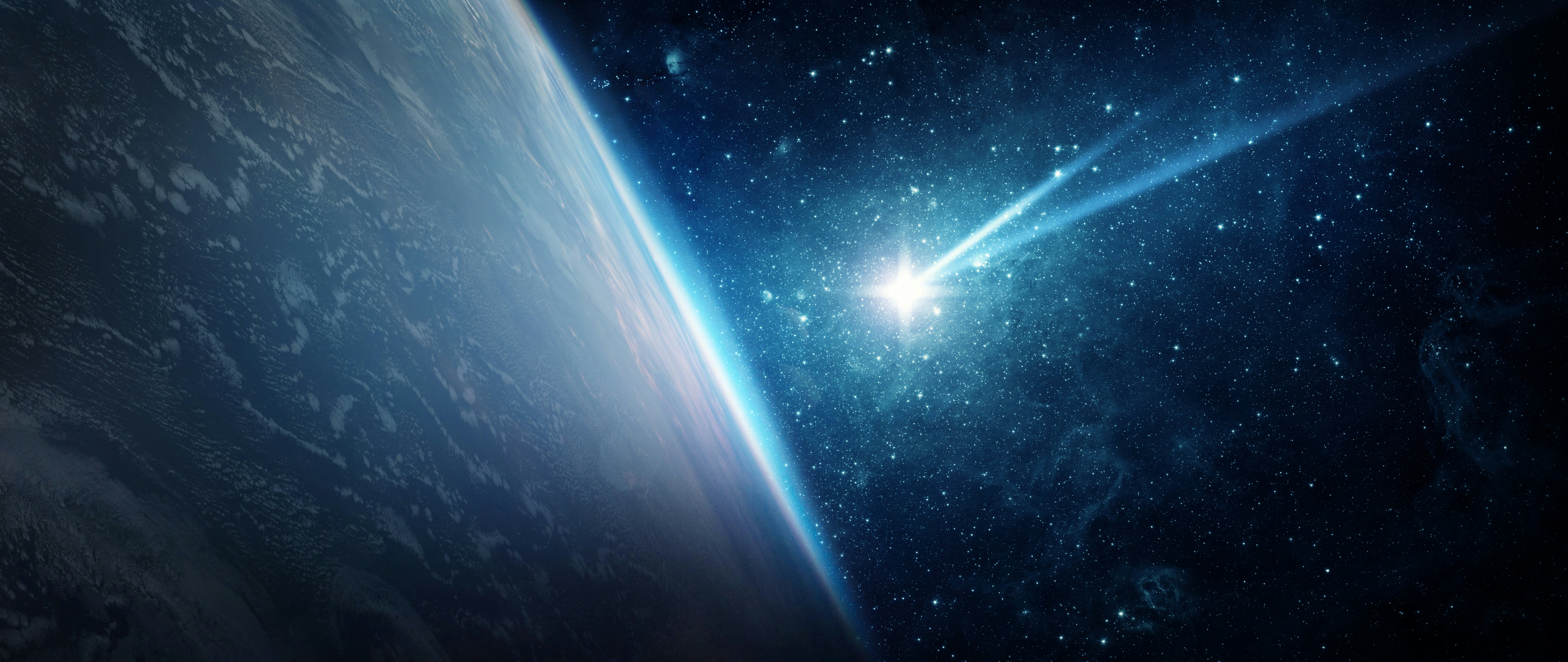
Planet Earth’s public enemy number one — at least when it comes to death from above — is no longer a threat to cause a mid-century smash-up.
Ever since its first detection nearly a year ago, the asteroid 2021 QM1 has stood atop the European Southern Observatory (ESO) rankings of risky space rocks. The asteroid will pass close to us on April 2, 2052, and because the rock is so distant and difficult to see, scientists at first could not rule out the possibility of an impact with Earth.
Until now: Today, ESO astronomers removed the asteroid from the threat list as they announced painstaking new observations that show 2021 QM1 will not hit our planet in 30 years’ time. The ESO team worked with astronomers at the European Space Agency to deescalate the theoretical threat.
2021 QM1: Discovery and Size
Scientists at the Mount Lemmon Skycenter in Arizona first saw the 50-meter (164-foot) 2021 QM1 on the night of August 28, 2021. This was not the scene in Armageddon where the lone astronomer spots a rock on a collision course with Earth, though. Nothing seemed amiss about 2021 QM1 until other telescopes around the world began to refine its path via routine follow-up observations.
“These early observations gave us more information about the asteroid’s path, which we then projected into the future,” Richard Moissl, head of Planetary Defense at the European Space Agency, said in a statement. “We could see its future paths around the Sun, and in 2052 it could come dangerously close to Earth. The more the asteroid was observed, the greater that risk became.”
2021 QM1 would not be an extinction-level asteroid, but it could cause a lot of damage. Its approximate size is similar to that of an object that entered the atmosphere above Chelyabinsk, Russia in 2013. That object caused injuries and vast property damage, but it also broke up on re-entry, preventing wider devastation.
As the ESA notes, asteroids often end up on the threat list right after their first sighting, when scientists have yet to do enough observations to narrow down its path. That was true for 2021 QM1, but this asteroid stayed on the list for months as its stated chance of striking the planet stood at about 1 in 3,300. Its route couldn’t be easily refined because, in the days and weeks after its discovery, 2021 QM1 was moving toward the blinding light of the sun and getting further away from the Earth, two factors that combined to make it challenging to track.

ESO had no choice but to wait for the asteroid to move away from the sun and then seize the moment with the best telescopes they could bring to bear. The Very Large Telescope, ESO’s appropriately named 8-meter-mirror observatory found in Chile’s Atacama Desert, trained its eye on 2021 QM1 this May. At the time, the asteroid was 250 million times fainter than the faintest stars visible to the naked eye.
And as ESO astronomer Olivier Hainaut said in a press release, “To make matters worse, it was passing through a region of the sky with the Milky Way just behind. Our small, faint, receding asteroid would have to be found against a backdrop of thousands of stars. These would turn out to be some of the trickiest asteroid observations we have ever made”.
Despite the difficulty, the astronomers spied their rock, and the new sightings ruled out an impact with Earth, at least in 2052. Don’t get too comfortable, though: Another 1,377 objects of potential concern remain on ESO’s list, and more asteroids are discovered every night.







